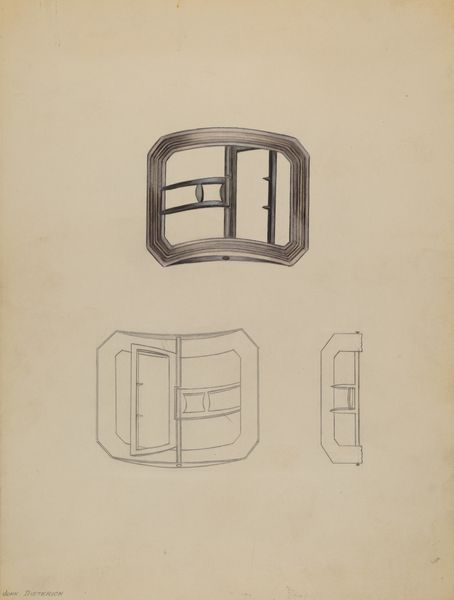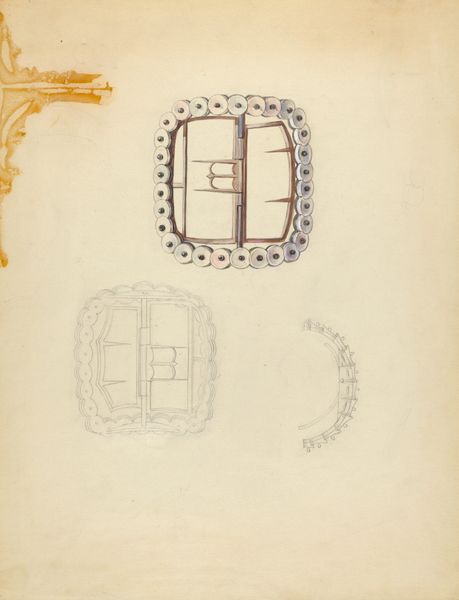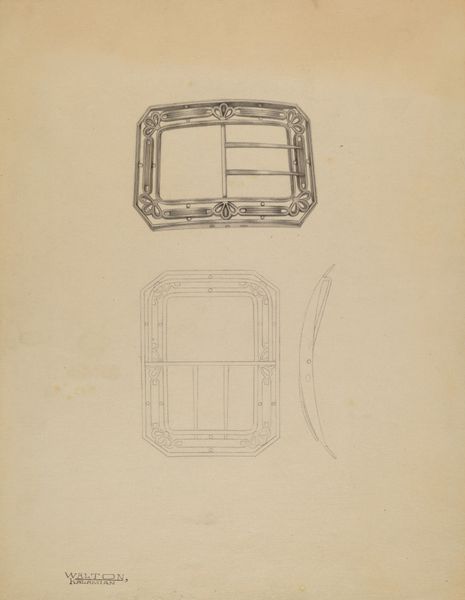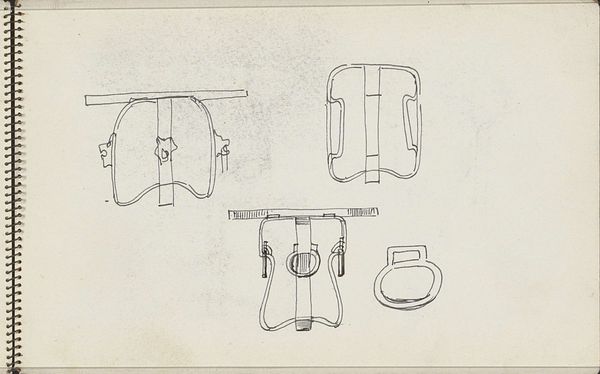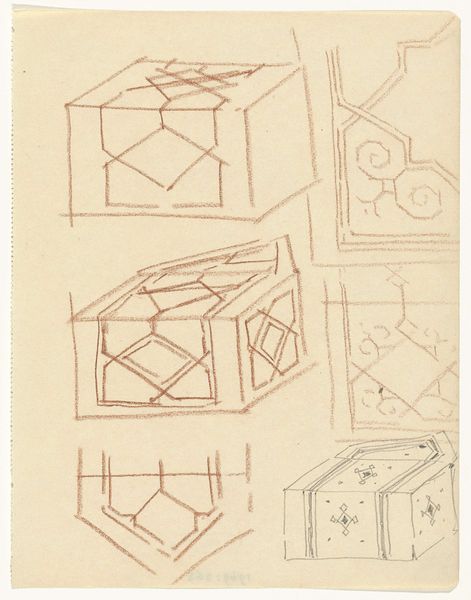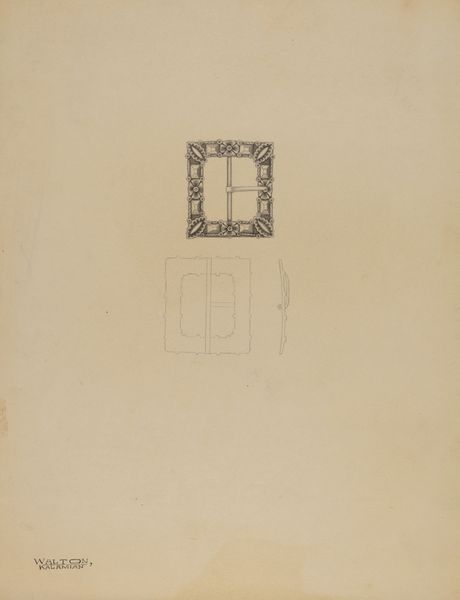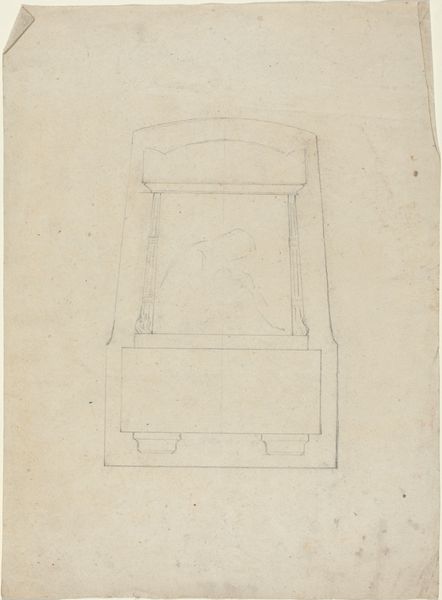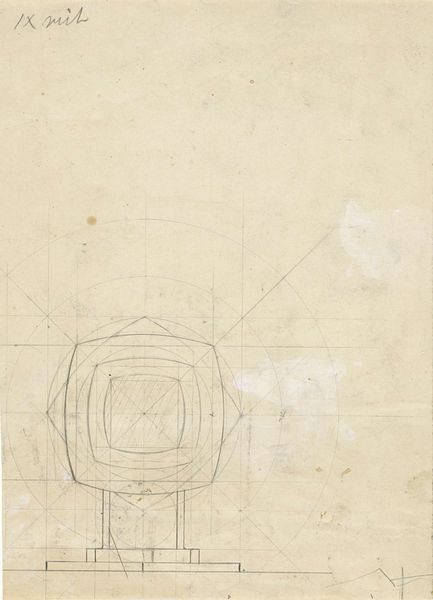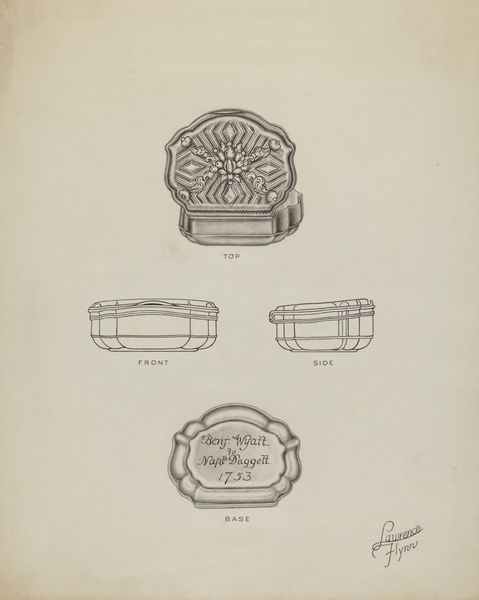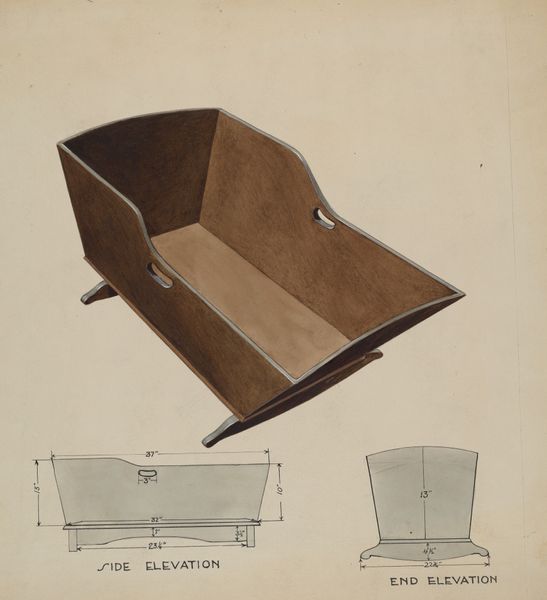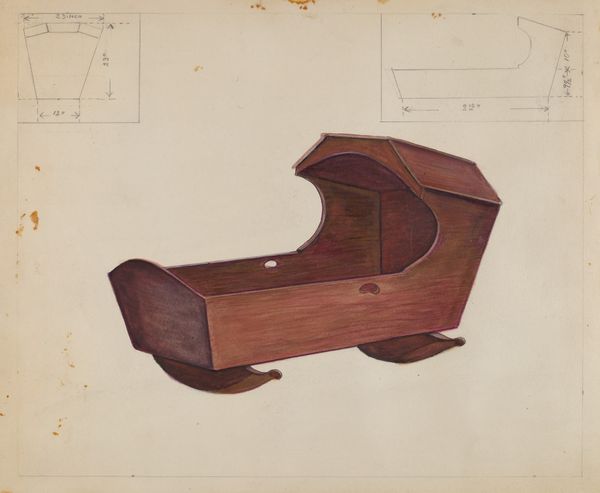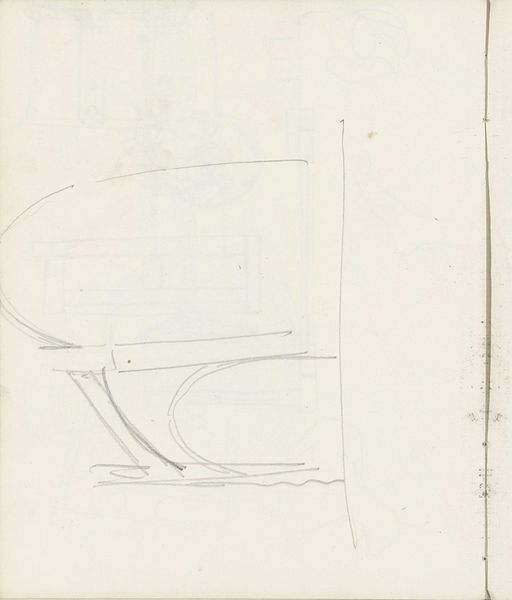
drawing
#
drawing
#
geometric
Dimensions: overall: 29.5 x 22.9 cm (11 5/8 x 9 in.)
Copyright: National Gallery of Art: CC0 1.0
Editor: We're looking at "Shoe Buckles," a drawing from around 1936 by John Dieterich. It depicts three views of a decorative shoe buckle. I’m struck by how functional and ornate these little objects are and curious about why this artist decided to draw this particular piece of ornamentation. What can you tell us about this drawing? Curator: Well, let’s consider what shoe buckles represented in 1936. These weren't just fasteners; they signified social status and attention to dress and a sort of excess that the Depression might be suppressing. Dieterich focuses our attention on the means of representing this class distinction; the materials and process of production of something seemingly small are brought to the forefront here, even exaggerated. Editor: So you’re saying that, by drawing this seemingly mundane object, Dieterich is highlighting larger social themes related to class and consumerism? Curator: Precisely! And, look closely at the material execution itself. Why choose a drawing, rather than a photograph? What's the significance of Dieterich painstakingly rendering these buckles? I wonder if he is suggesting these details of material culture are slipping away or perhaps are ready for reproduction into mass-market commodities? Editor: I see what you mean. Drawing elevates these buckles to something worthy of artistic consideration, but simultaneously also highlights the labor involved in both making the buckles and in creating the image itself. It does invite you to consider the context in which these materials existed. Curator: Exactly. The drawing transforms a common accessory into an object that speaks to social status and industrial processes. And we, as viewers, are implicated in this cycle of labor and consumption through our observation and contemplation of it. Editor: This has made me rethink the simple shoe buckle as this nexus of art, labor, and social commentary. I hadn't considered the implications of the choice of medium or the cultural moment when it was made. Curator: Thinking about the "how" and "why" of artmaking really opens up new avenues for interpretation, doesn't it? It definitely moves the object beyond its apparent use.
Comments
No comments
Be the first to comment and join the conversation on the ultimate creative platform.
